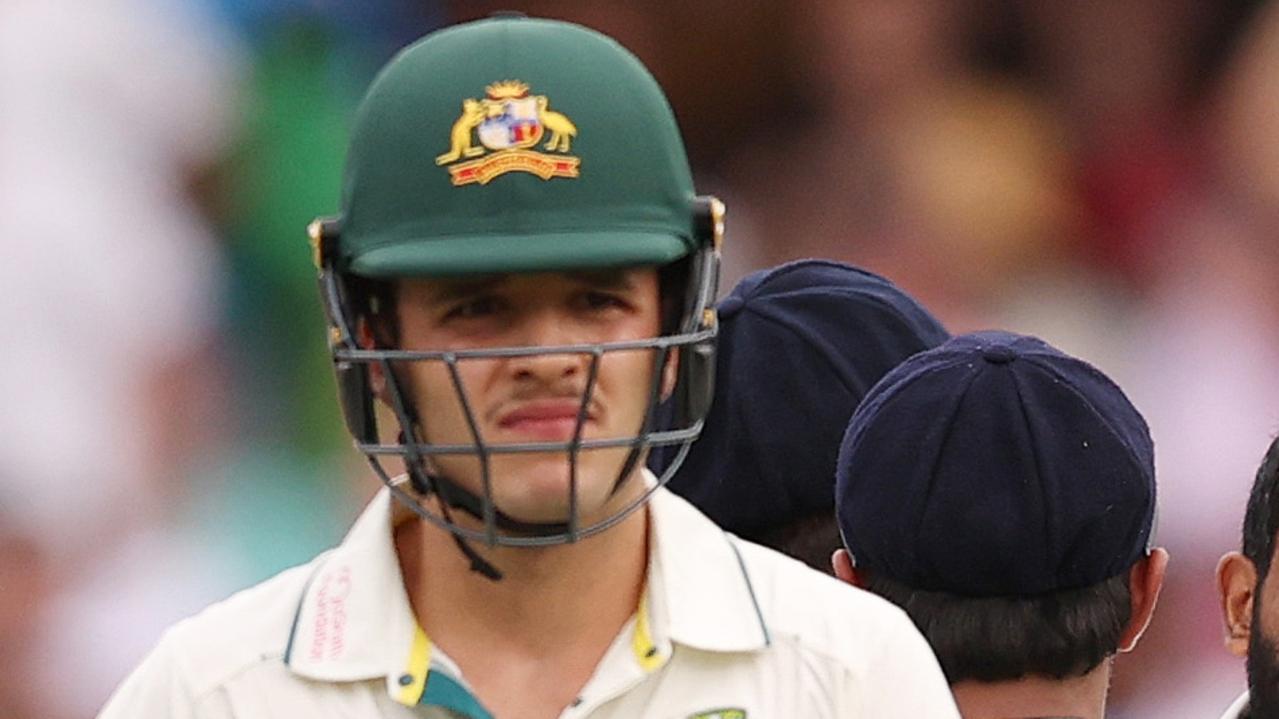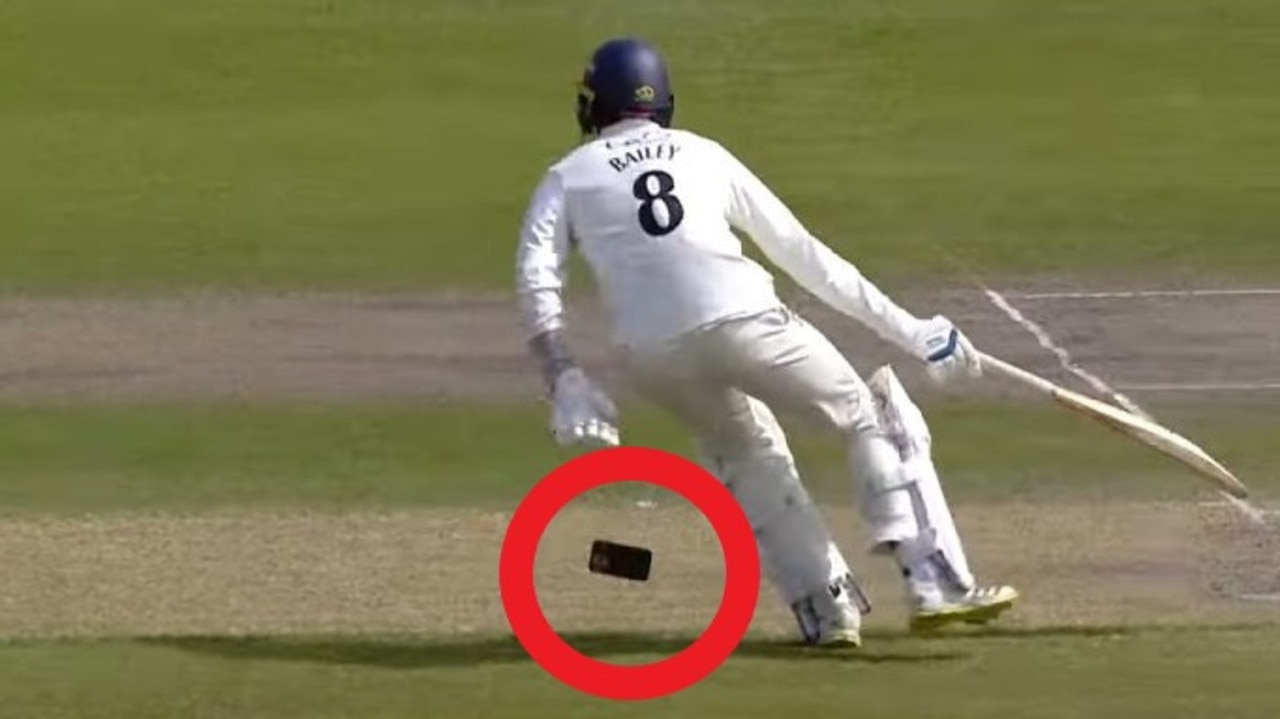‘Worst of the century’: Pitch ruins historic Australia-Pakistan Test match
Cricket fans were rightfully disappointed with one of the most crucial aspects of the sport that turned a historic Test into a borefest.
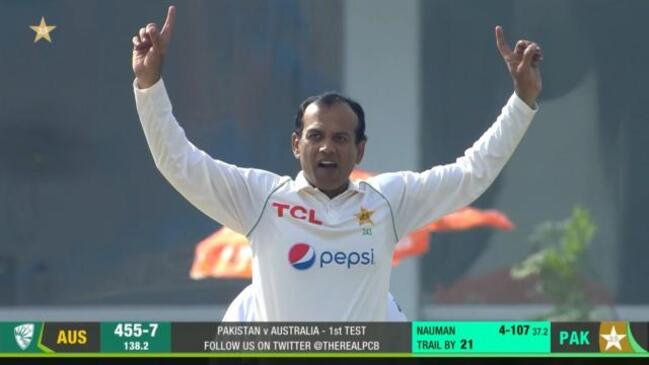
One of the most dull and uninspiring Test matches in living memory is over as the first Test between Pakistan and Australia at Rawalpindi ended as a draw.
Australia claimed just four wickets, one of which was a run out, during the five-day fixture at Pindi Cricket Stadium as Pakistan finished the Test with an aggregate total of 4/728. That equates to 182 runs per wicket.
In the history of Test cricket, Australia has never conceded more runs while taking less wickets in a match.
Watch Australia’s Tour of Pakistan on Kayo. Every Test, ODI and T20 Live & On-Demand. New to Kayo? Try 14-Days Free Now >
Australian vice-captain Steve Smith described the pitch “benign” and “dead” on Monday evening, which was an understatement.
While pitches traditionally deteriorate as matches progress, the Pindi Cricket Stadium deck remained a batting paradise for five consecutive days.
After Australia was bowled out for 459, the last three wickets tumbling quickly at the start of day five, Pakistan openers Imam-ul-Haq Abdullah Shafique combined for an unbeaten 252-run opening partnership, each bringing up momentous centuries. It was Pakistan’s largest opening stand against Australia in Test history.
Imam-ul-Haq became the 10th Pakistani cricketer to score twin Test centuries, compiling a classy 111 not out in the second innings to accompany his 157 in the first innings.
Meanwhile, Shafique brought up his maiden Test century in just his sixth first-class fixture, ending the day unbeaten on 136.
It was just the second occurrence in Test history of two openers scoring unbeaten centuries in the same innings, the other coming back in 1984.
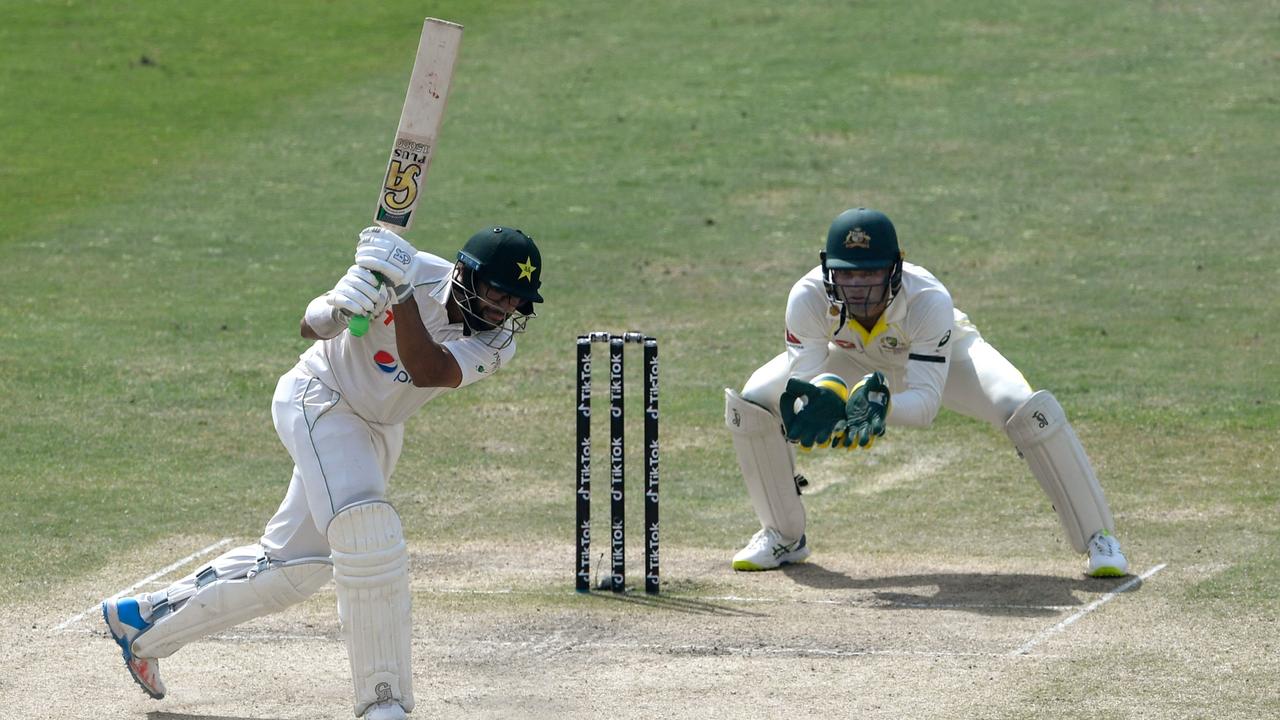
None of Australia’s pacemen bowled after the 35th over, with skipper Pat Cummins resting them ahead of the Karachi Test, which gets underway on Saturday.
Even Usman Khawaja was thrown the Kookaburra at the end of the day. It was the first time Australia has used nine or more bowlers in a Test innings since the infamous Kolkata match of 2001.
“The Pakistan bowling attack have completely out bowled them … on the same batting surface they took 10 (wickets),” former Australian batter Simon Katich said in commentary.
“There must be some slight concerns about the way Pakistan was allowed to accumulate runs in the first innings, losing only four wickets, and now in the second innings not even getting one wicket on day five.”
The players finally shook hands after 77 wicketless overs.
Cricket pundits ruthlessly blasted the Rawalpindi curators for preparing a pitch that offered so little for the bowlers.
The International Cricket Council is expected to come down hard on the curators – under current regulations, a pitch is considered “poor” if it “displays little or no seam movement or turn at any stage in the match together with no significant bounce or carry, thereby depriving the bowlers of a fair contest between bat and ball”.
Cummins told reporters at stumps: “It wasn’t a super fair contest between bat and ball.”
AFL reporter Jon Ralph tweeted: “The worst Test pitch this century. And that includes those Boxing Day pitches.”
Cricket writer Melinda Farrell said: “It’s a real pity. Everything has been perfect for this Test except for the most important thing for making it a competitive, entertaining Test.”
During Pakistan’s second innings, cricket writer and commentator Geoff Lemon wrote: “Pakistan currently 709 for 4 in the match. Just starting to think that there could have been a touch more life in this pitch.”
Podcaster Ian Higgins added: “This is a great advertisement for other sports.”
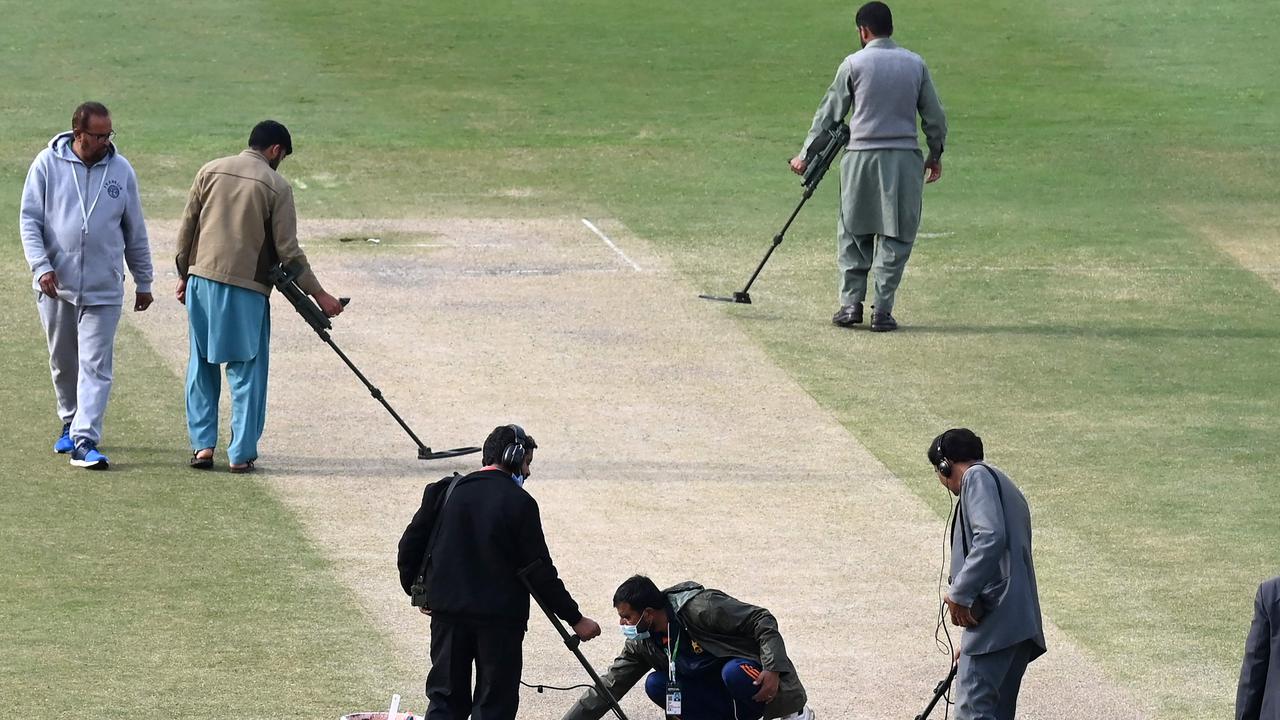
Cummins conceded a second spinner was “probably the way to go” for the second Test, meaning Mitchell Swepson or Ashton Agar should expect a tap on the shoulder this week
But the woeful deck should not detract from the significance of this Test match, being Australia’s first on Pakistan soil since 1998 – the year before all-rounder Cameron Green was born.
Pakistan spectators held up signs thanking Australian cricket for taking the plunge and helping bring Test cricket back to the Asian nation, which did not host any Test cricket for 11 years after the Lahore terror attack of 2009.
“Thank you Team Australia. We will never forget,” one sign read.
For the sake of cricket, let’s just hope the second Test in Karachi isn’t played on an absolute road.


